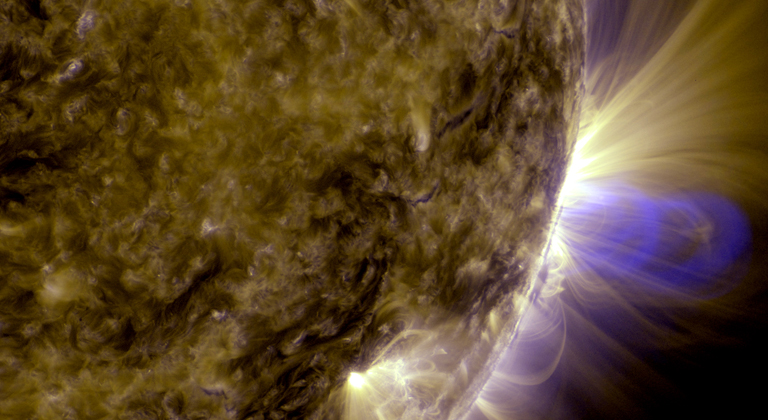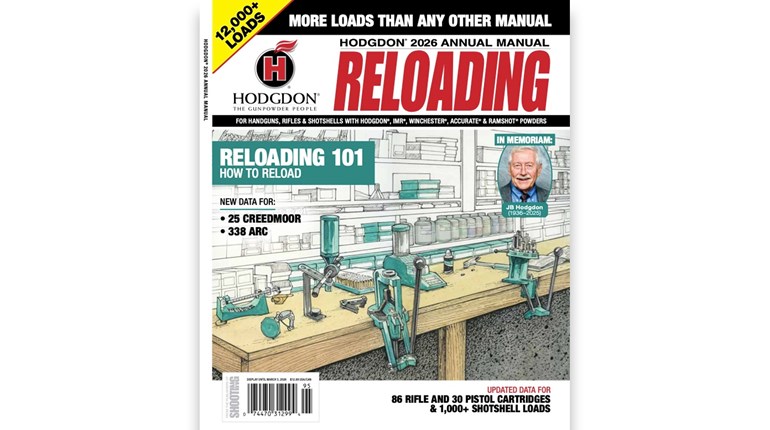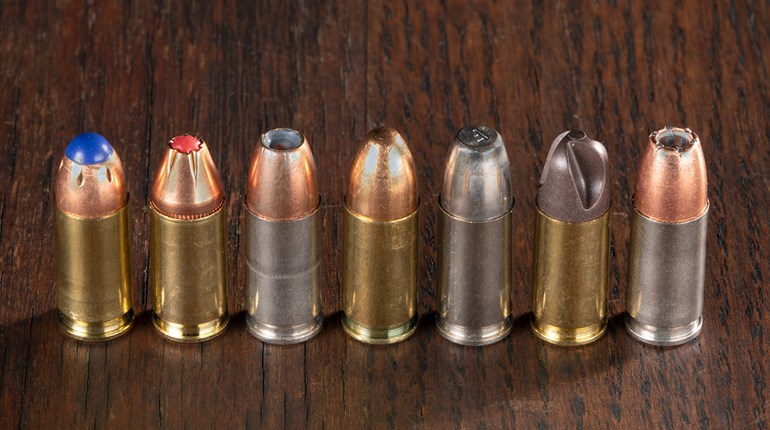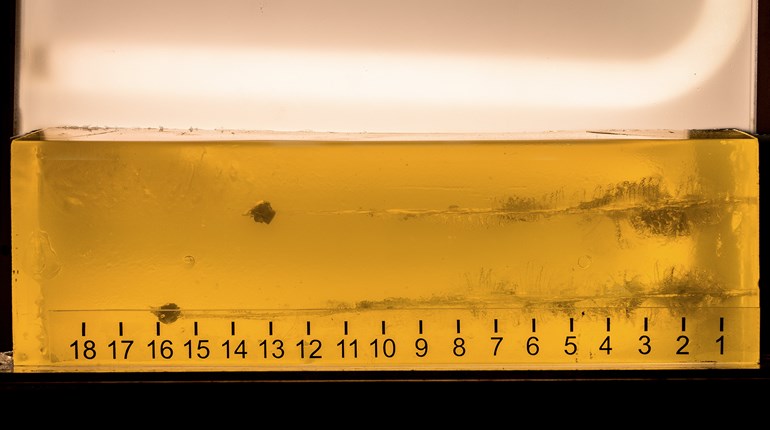
Recently, we've discussed hangfires, misfires and squib loads and how they might affect you as a shooter. However, in our first discussion we told you that there were four types of ammunition malfunctions that you should know about—and so far, we've only covered three. The fourth is called "detonation phenomenon," and it's the most elusive one to quantify. Here's what we know (and what we don't), as well as what you should know.
For years, shooters have reported unpredictable pressure excursions capable of damaging or destroying a gun when light charges of very slow powders were used in large-capacity cases. This detonation phenomenon has thus far proven difficult to replicate under laboratory conditions. Nonetheless, many ballisticians regard the phenomenon to be real and have developed a variety of theories to explain it.
One such theory postulates that a small powder charge in a mostly empty case can produce reinforcing shock waves inside the case. Another theory claims that the ignition of a small charge of very loosely packed powder granules can result in more or less simultaneous, rapid burning of the charge, producing excessive pressure.
Whatever its cause—or, in fact, whether or not it occurs—detonation should not be ignored by the cautious shooter and reloader. Loads less than the minimum loads listed in published data should be avoided, as should any ballistic "experimenting" with slow powders for which reduced load data is not available.







































